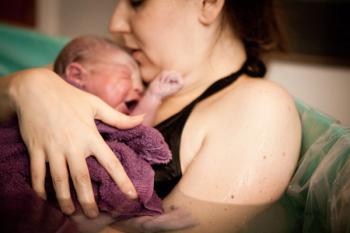
Prenatal vitamin D, child's language development linked
Pregnant women with low serum 25(OH)-vitamin D concentrations (≤46 nmol/L) are more than twice as likely as those with levels ?72 nmol/L to have a child whose language development is impaired.
Pregnant women with low serum 25(OH)-vitamin D concentrations (≤46 nmol/L) are more than twice as likely as those with levels ≥72 nmol/L to have a child whose language development is impaired, according to a large, prospective, longitudinal study published in
Serum vitamin D levels of 743 white women from Perth, Western Australia, were measured at 18 weeks of pregnancy and used to stratify the women into quartiles.
As maternal 25(OH)-vitamin D levels during pregnancy decreased, the proportion of mothers who had offspring with mild to moderately severe language difficulties at ages 5 and 10 increased significantly.
However, no significant associations were found between maternal vitamin D insufficiency and behavioral or emotional problems in offspring at any age.
“The findings suggest that the trend over the past decade of a reduction in vitamin D levels among women of reproductive age has significant implications for offspring
Newsletter
Get the latest clinical updates, case studies, and expert commentary in obstetric and gynecologic care. Sign up now to stay informed.











